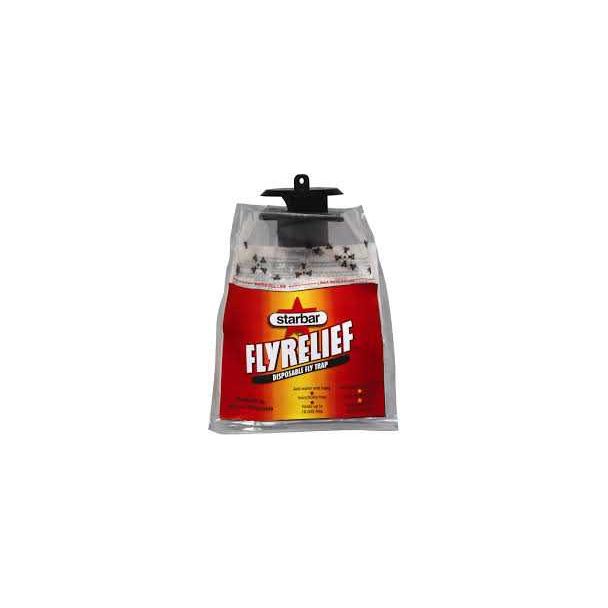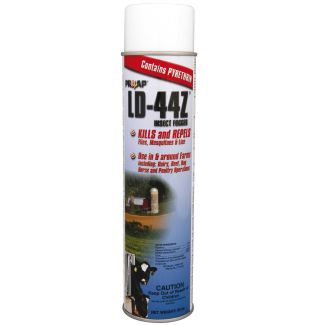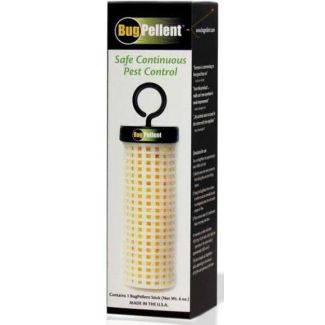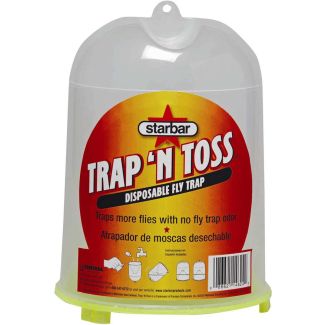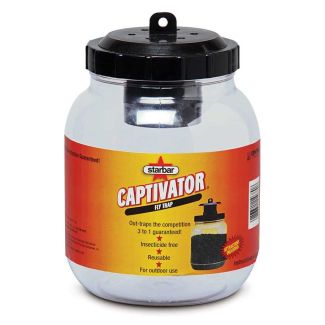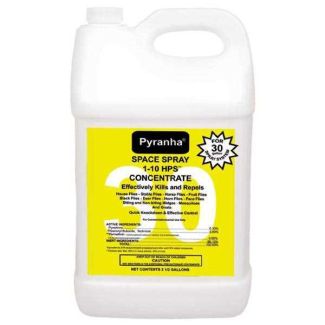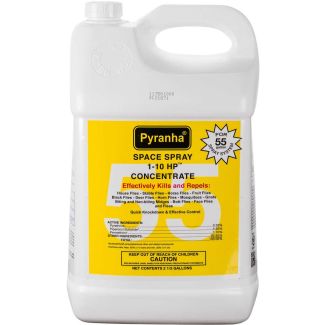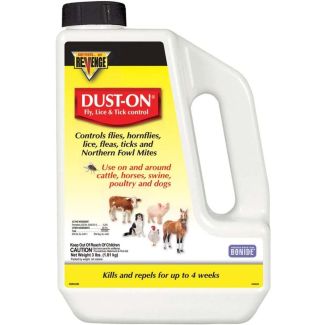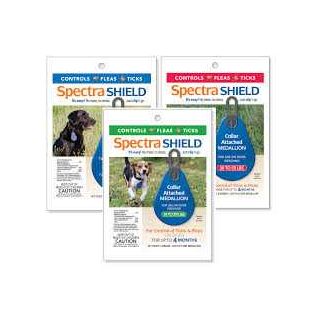Farnam Fly Trap
- Fly Relief Disposable Fly Trap
- Insecticide-free disposable fly traps with built-in attractant.
- Fly Relief catches thousands of flies.
- Easy and convenient to use.
Fly Relief Disposable Fly Traps
Farnam
Indications:
A patented, scientifically developed attractant. It contains no pesticides making it an ideal alternative. The flies are attracted to the trap by this attractant. Once they are in the trap, they drown and add to the attraction. Use fly relief in the yard, kennel, stable, barn, around horses, pets, cattle, sheep, poultry, hogs, garbage containers or any other problem area. Not recommended for indoor use or for use against biting flies. Includes attractant, twist tie for hanging and instructions. This product works best with bottled or soft water. Hard water and/or heavy chlorine inhibits action.
Instructions:
1. Pull up trap top by tab until snapped into position. (See Diagram A.)
2. Tear along perforation below zipper. (See Diagram B.) Remove twist tie and plug; then reseal pouch leaving disposal zipper bag inside.
3. Tie hanger through hole in tab at top of trap. Hang the trap outside in a sunlit area of high fly concentration where flies are active and where odors will not be a problem. (See Diagram C.) Be sure to twist hanging tie ends together several times and fold over so trap hangs securely. For maximum effectiveness, trap should be within four feet of the ground. In hot weather (above 85°F), the trap should be placed in a shaded area for optimal results. In cooler weather, place trap in a sunny location. NOTE: Trap is not recommended for indoor use or for use against biting flies.
4. The Attractant tube is inside trap bag and must not be removed. Hold base of Attractant tube (within bag) tightly with thumb and forefinger, pointing tube downward. Twist tip of spout until it snaps, allowing Attractant to pour out into bag. (See Diagram D.) NOTE: Hold trap upright so Attractant does not spill out of top. You may need to squeeze Attractant tube to force liquid out. (See Diagram E.)
5. Fill trap to "fill line" by pouring clean water through round hole in top of trap. Place plug in hole. (See Diagram F) NOTE: For best results, fill the trap while it is hanging. A small watering can is recommended to fill trap with water.
6. Agitate lightly to disperse Attractant. (See Diagram G.)
Maintenance:
1. Trap contents should be agitated at least twice weekly to thoroughly wet all trapped flies.
2. Add water as necessary to keep the fluid level 1/2 inch below the surface of trapped flies. Do not allow the trap to dry out.
3. Without adequate agitation, fly larvae (maggots) may appear as a layer of dry dead flies accumulates in the trap. If this should occur, add one teaspoon of liquid dish soap and enough water to wet all flies thoroughly. Maggots will drown in soapy water.
4. When trap is full of dead flies, open zipper pouch at bottom of trap. Remove disposal zipper bag. Place disposal zipper bag over fly trap from bottom up. (See Diagram H.) Zip closed. Then, while holding the disposal zipper bag firmly by the top, cut or untwist the hanger tie. (See Diagram I.) Place bag in trash receptacle. Dead flies in trap may give off bad odor so care should be taken to keep trap contents from coming in contact with hands or clothing.
Helpful Hints:
1. In areas having exceptionally hard water, using distilled or purified water may improve trap performance.
2. In areas of heavy fly populations, use several traps in different locations
| Manufacturer | Farnam |
|---|---|
| Free Shipping With $100 Purchase | Yes |
| Shipping Latency | None |
| Display In Stock In Frontend | No |

